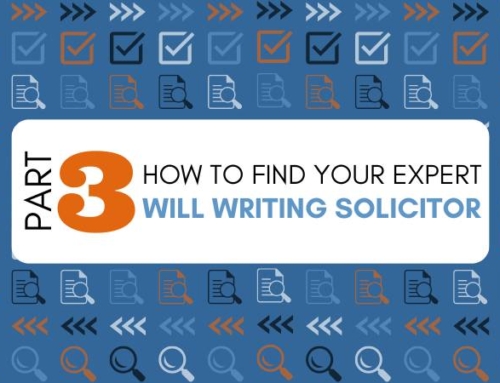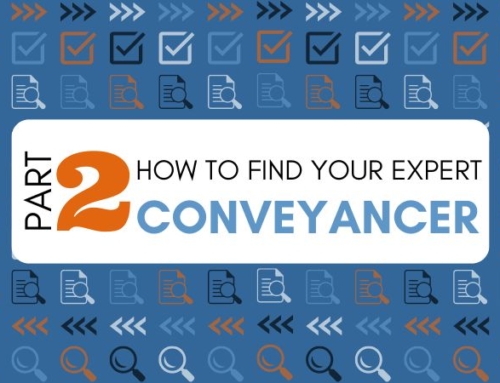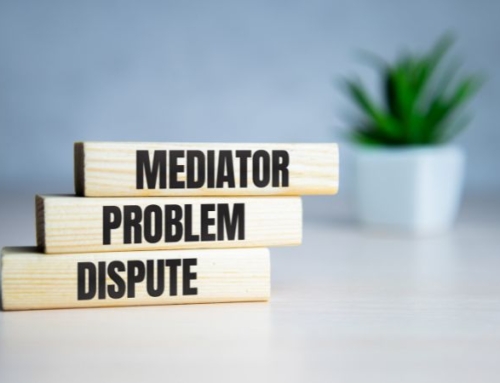 Inheritance Tax (“IHT”) is payable when an Estate (including any gifts which are made in the 7 years preceding your death) exceeds a certain threshold called the nil rate band allowance.
Inheritance Tax (“IHT”) is payable when an Estate (including any gifts which are made in the 7 years preceding your death) exceeds a certain threshold called the nil rate band allowance.
The nil rate band allowance is a tax free limit below which an Estate would be exempt from paying IHT. The current nil rate band for the tax year 2016/17 is £325,000 per individual and has been frozen by the Government until at least 2020/21.
Example:- A dies, unmarried, leaving an Estate of £500,000. His Estate is not liable for the first £325,000 (the nil rate band allowance) however, it would be liable for 40% tax on the difference of £175,000. £175,000 @ 40% = £70,000
A’s Estate would have a total tax liability of £70,000.
However, the situation would be different if A was married before his death. This is because any assets which are left to a spouse or civil partner (“spouse”) are exempt from IHT.
In addition, it is also now possible for individuals to transfer their unused nil rate band allowance to their surviving spouse (“transferrable nil rate band”). This means that upon the death of the surviving spouse there is an enhanced nil rate band allowance of up to £650,000 available.
Example:- A dies leaving the whole of his Estate, valued at £500,000, to his wife, B. There is no IHT payable on A’s death as the whole of the Estate is passing to B. When B dies the Estate is valued at £640,000. B’s Estate can utilise her nil rate band allowance and the unused allowance of A providing a tax free allowance of £650,000.
The whole of the Estate is exempt from IHT.
Other tax saving considerations
As well as having the benefit of the nil rate band allowance and the transferrable nil rate band allowance between spouses there are other measures which can be utilised in reducing the potential liability for Inheritance Tax including:-
- Gifting more than 10% of the value of your Estate to charity in order to benefit from an IHT reduction from 40% to 36%.
- Making gifts from income which are not included in your Estate for IHT purposes
- Making lifetime gifts – these are unconditional gifts (made from capital and savings) to reduce your potential liability. You must survive for 7 years after making the gift in order for the gift to be excluded from the tax calculation and you must not receive any benefit from the gift.
- Utilising your annual gift exemption – each individual has an allowance of £3,000 per annum
- Making gifts to charities and political parties who are exempt from IHT
- Making small gifts – you can make a tax free gift of £250 to any one person in every tax year. For example if you have 4 children you can give them £250 each
- Making gifts on marriage – a parent can give their child £5,000 as a wedding present IHT free. There are also additional rules for grandparents and wedding guests.
When calculating the amount of IHT payable there are also allowances available for businesses and agricultural farmland. These allowances can be up to 100% of the tax liability.
Upcoming Changes
As well as the above rules the Chancellor’s 2015 Summer Budget saw the introduction of a further nil rate band allowance specific to Properties called the Main Residence Nil Rate Band (“RNRB”).
This new allowance will be effective from 06 April 2017 and will eventually provide every individual with an additional allowance of £175,000 which they can only utilise against the transfer of their main residence upon their death to their direct descendants e.g. their spouse and their children (including foster and adopted children).
The allowance will be tapered in beginning with an allowance of £100,000 in 2017/18 and increasing to £175,000 by 2020/21.
Example:- A dies in July 2017 leaving his Estate to his wife B. In 2020, B dies leaving cash assets of £750,000 and a Property worth £250,000 to their children C & D.
C & D will be able to utilise the following allowances when making the calculation for IHT:-
Cash Assets: B’s own nil rate band £325,000 + A’s unused nil rate band £325,000 = Total allowance £650,000
Property: A’s unused RNRB band £100,000 + B’s RNRB allowance £175,000 = Total allowance £275,000
The Property will pass to C&D free of IHT. £650,000 of the cash assets will be tax free but the Estate will be liable for the difference £750,000 less £650,000 = £100,000 taxed at 40%
The total tax liability will be £40,000. N.B. Any unused RNRB cannot be transferred to the cash asset liability as it only applies to Properties.
The allowance will also be available to those who since 08 July 2015 have downsized/sold their home but retained some or all of the sale proceeds. An individual will be able to utilise their allowance against the proceeds.
These measures will effectively mean that by 2020/21 a married couple with a main residence will potentially have a tax free allowance of £1 million.
At Backhouse Solicitors our specialist team will explain your options when planning for the future in order to best support your circumstances. We can draft Wills and Trust documents in accordance with your wishes and fully explain the tax consequences for your Estate in the future.
If you’re considering making a Will or if you would like to discuss your Inheritance Tax liability please contact our team today for a FREE 30 minute consultation.
Tel: 01245 893400
Email: info@backhouse-solicitors.co.uk
Web: www.backhouse-solicitors.co.uk
Or visit our offices at 17 Duke Street, Chelmsford, CM1 1JU.
The Backhouse Solicitors Team





